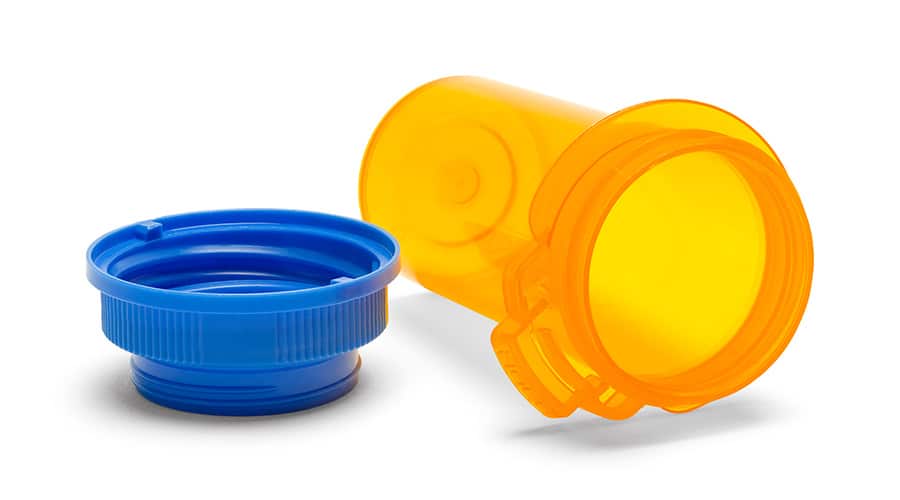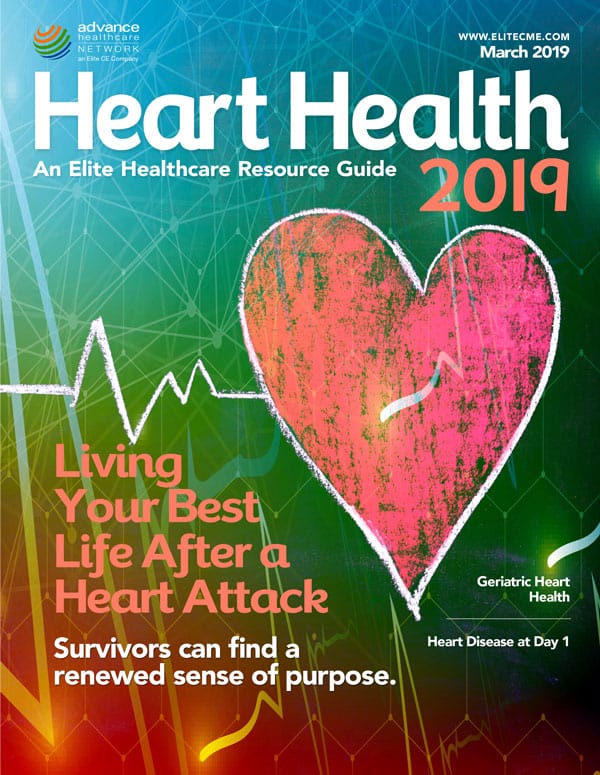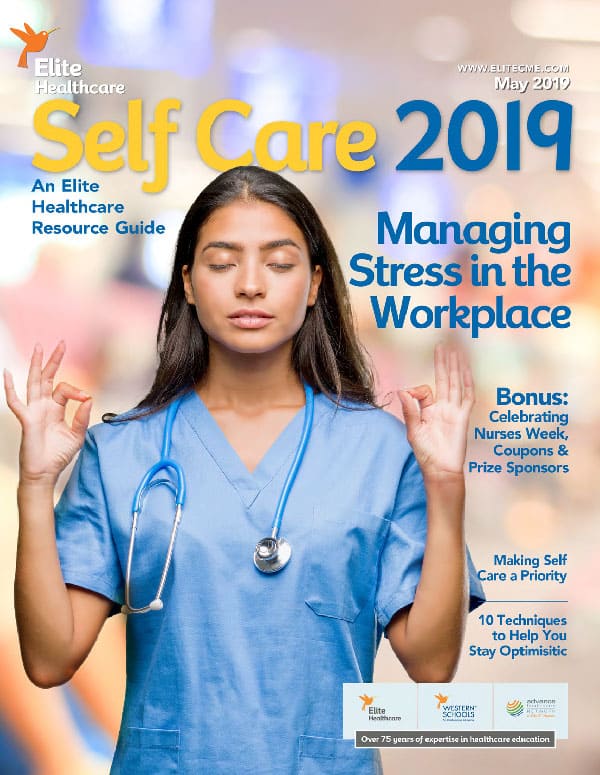How can we alleviate hospital drug shortages stemming from the COVID-19 pandemic?
Before COVID-19 (the novel coronavirus), hospital drug shortages in the United States were a chronic, ongoing crisis with no end in sight. History indicates isolated natural disasters can have dramatic, long-term effects on the pharmacy supply chain. Now, the global impact of COVID-19 is likely to make the situation a lot worse. In a March 18, 2020 interview in National Journal, former FDA Commissioner Scott Gottlieb, M.D., indicated drug shortages during the COVID-19 pandemic are, for him, “a point of concern.” According to Dr. Gottlieb, “…there is a real risk that we see a series of drug shortages out of what is going on globally. The FDA has talked about twenty sole-source drugs from China that are at risk because they are only produced in China. I think the list of drugs that could be at risk is much larger than that.”
Dr. Gottlieb attributed much of the problem to fundamental economics. “What it demonstrates is that the weakest point in this complicated supply chain for critical products is often the lowest margin product. Because the high margin products…have a very secure supply chain so they can be sure that they can continue producing…it’s always the lowest-margin product in a supply chain, that’s still a critical product, that ends up being the weak link.” The drug shortage problem is particularly difficult for hospitals where clinicians care for the sickest patients. Many of the medications used as life-saving measures in these very sick populations are generics, long off-patent and classified as low-margin generic drugs.
Even before the COVID-19 pandemic, the number and duration of hospital prescription drug shortages has steadily grown, according to the U.S. government. Prescription drug shortages cause an estimated $230 million in additional costs annually from drug price increases and higher costs of substitutes, based on data from The Annals of Internal Medicine. However, there are real consequences beyond the hard-dollar costs. The global impact of COVID-19 is driving even greater uncertainty. Manufacturing has been disrupted by lockdowns in China and Europe. These countries, where most generic drugs are manufactured, have recently reduced exports to maintain adequate local supply. Moreover, COVID-19 is sweeping across the U.S., requiring hospitals to expand bed capacities. As health systems fill these beds with the sickest and most vulnerable patients, we must fully expect that demand for life-saving drugs will skyrocket.
Every drug shortage situation is different. According to Dr. Gottlieb, his biggest concern is with upstream supply chains that are limited by investment and capacity, “…those products—generic drugs and things that are lower-margin products—where there hasn’t been as much investment in redundant capacity and hardening supply chains,” he said. Obviously, fixing most supply chain issues is beyond the reach of today’s hospital leaders. The question is: What can hospital teams do today to manage supply and demand during this growing pandemic?
Here is a list of the top six things we are hearing from clinical pharmacy teams, buyers and health system leaders—the things they can take control of right now that are the keys to better manage and control shortages more efficiently from start to finish:
- Early warning—stay on top of all the public reporting sites (FDA, ASHP, etc.) to get the latest on drug shortages. Also, investigate technology tools that can help identify shortages proactively and quickly.
- Build a watch list of medications that are both critical and in high demand when the census is heavily weighted toward very sick patients. Continuously assess demand trends for each medication on your watch list to anticipate supply issues as soon as possible.
- Know your electronic systems like the back of your hand. Workflows are very automated today. While this is a great benefit because many tasks have been automated, it can also be a great burden when workflows break down or need to be rapidly altered during a crisis. Often this is a highly manual, time-consuming effort, but it is vital to know in detail which clinical processes are behind the ordering, dispensing and administration of drugs in short supply so they can be evaluated and modified during a shortage period.
- Communicate, communicate, communicate—BUT remember your prescribers are also in a pandemic. It is vital for clinical leaders to have instant insight into all clinicians who are prescribing and administering medications in short supply. Often, this is a small group of providers who can be targeted quickly with precise information. Instead of issuing mass email communications, for example, this type of targeted approach can quickly result in suppressing demand and aid in the rapid development of plans for creative substitutions for a specific agent in a time of shortage.
- Know your inventory and update it often—every hour, if possible. Visibility into medication inventory quantities and location of stock across an entire health system is critically important during shortages. Having real-time information about supply can position clinical teams to move stock from low-use locations to departments requiring higher supply volumes. This can translate quickly into greater patient safety and fewer fire drills in the market for expensive, off-contract and gray-market purchases.
- Finally, it is critical to make sure to document all process, workflow, communication, and inventory changes enacted during the shortage. This documentation allows pharmacy teams to easily evaluate when to return to previous workflows once a shortage has passed and can serve as a roadmap for future shortages. This is especially true in the event a shortage for the same medication re-emerges, which happens all too often.
There are many technology tools today to automate early warning, assessment, communication and management activities related to shortages. They are worth investigating as the end of hospital drug shortages is not in sight in this current environment. The novel coronavirus is the number one challenge for healthcare today. Drug shortages as a result of this pandemic will get worse due to a lack of visibility inside the health system environment and across the supply chain. The problem also lies with undercapitalized offshore factories, as described by Dr. Gottlieb earlier in this article. There are immediate steps to take to help mitigate the drug shortage risk. The time to act is now.
For more information, visit www.thedrugshortageapp.com.







